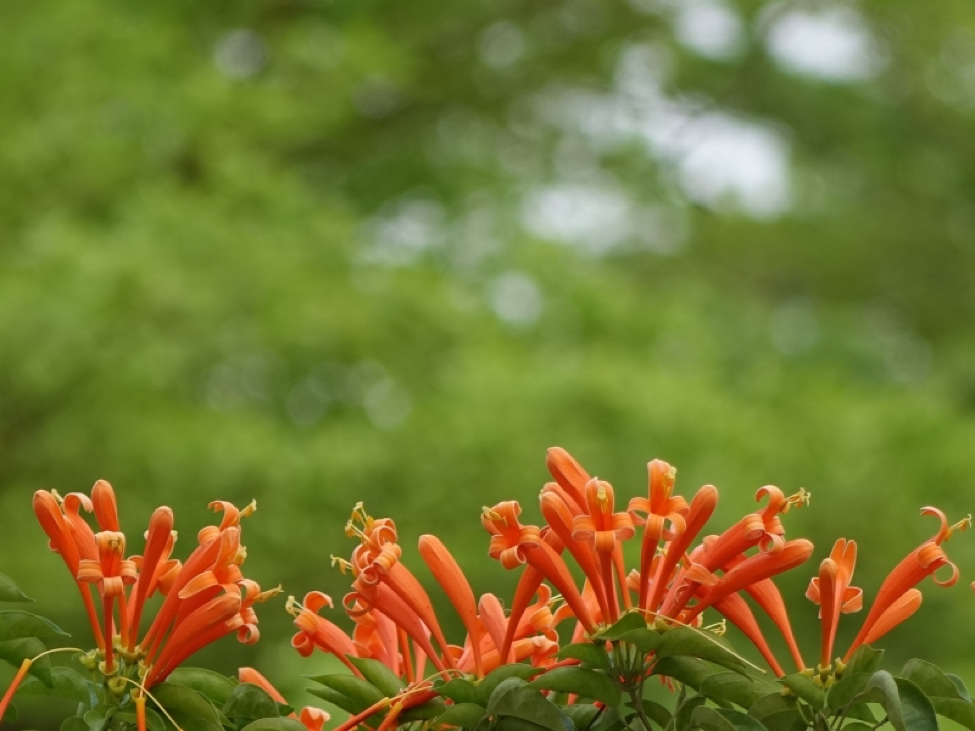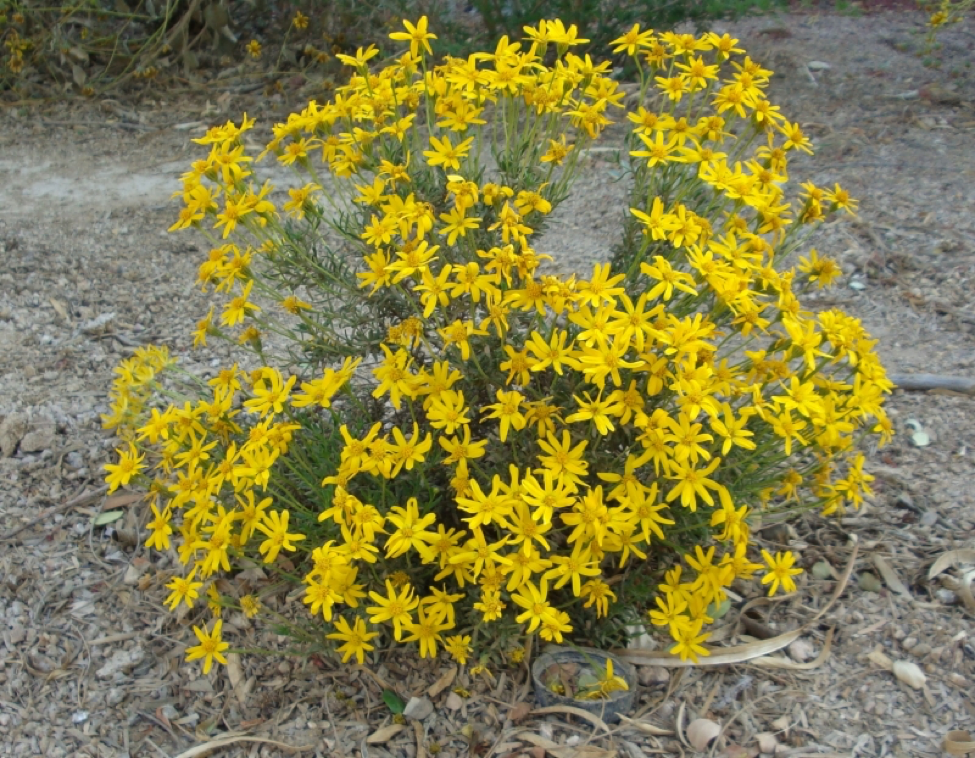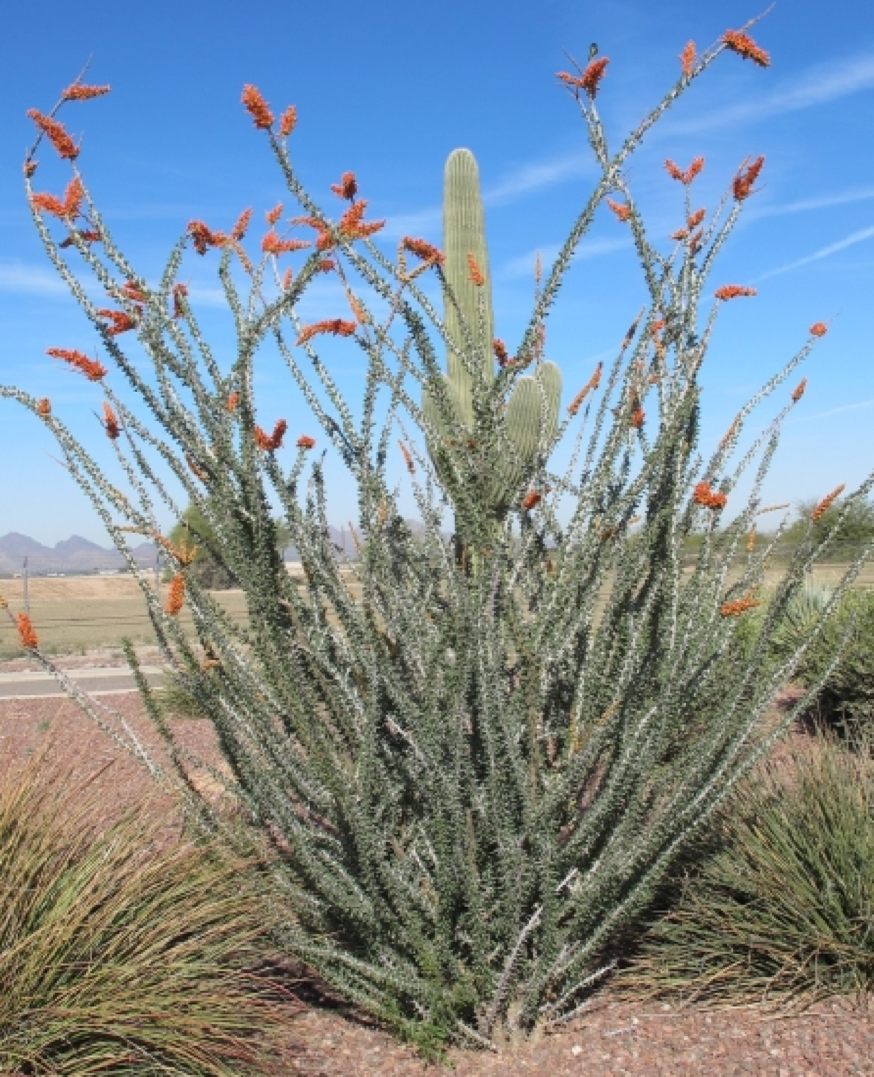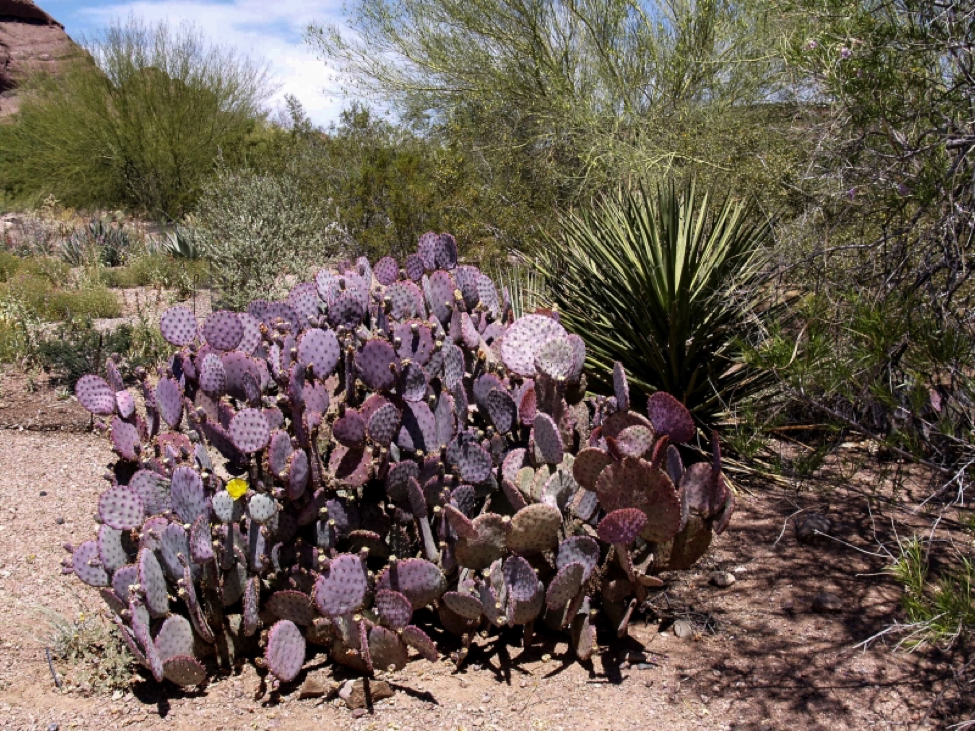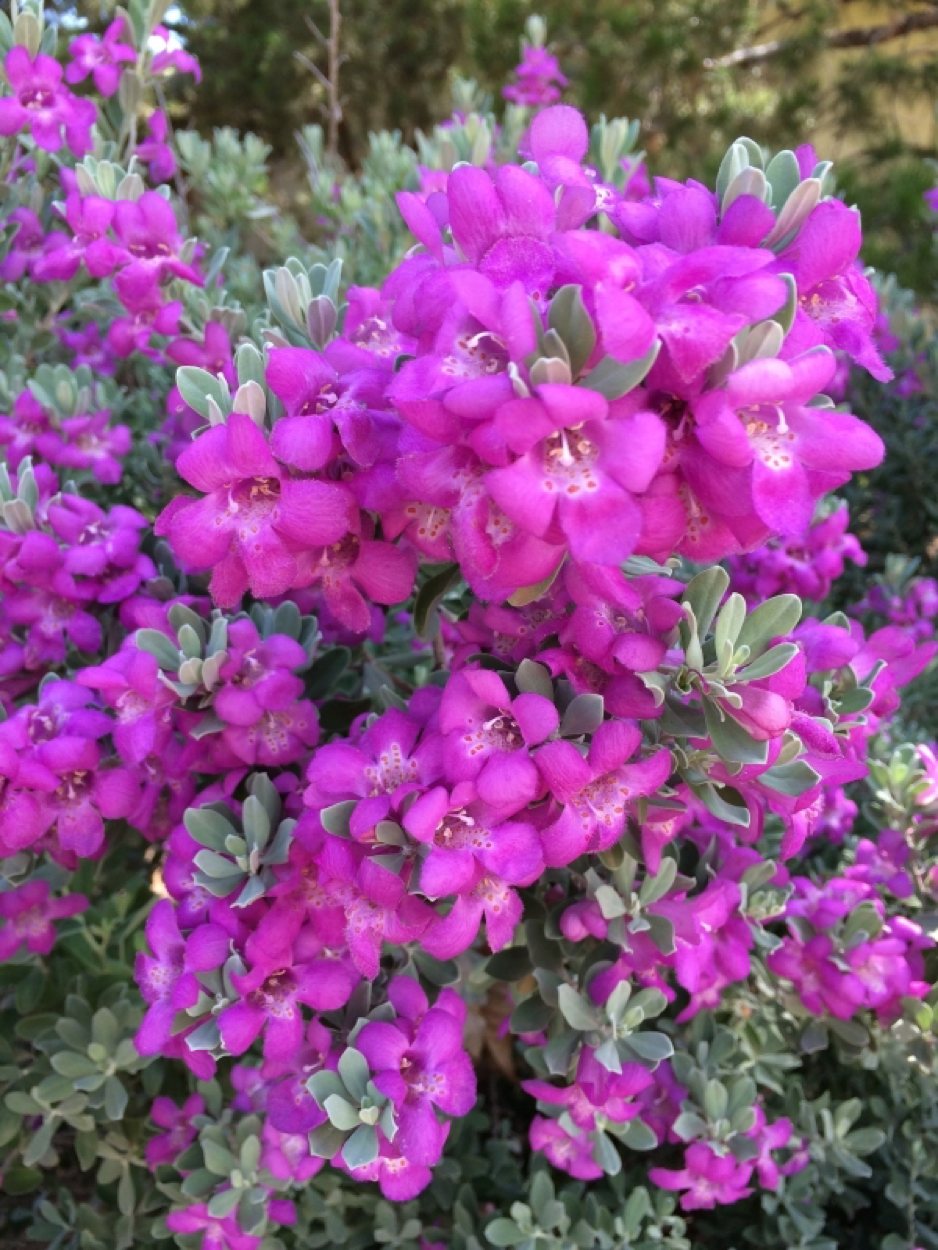There are various reasons to garden with native plants in El Paso, TX. Mainly because native plants use fewer resources and require less work. This means you’ll be putting less time planting and more time enjoying your garden. Native plants are used to growing in their natural surroundings, so they won’t need much in the way of insecticides, winter mulching, supplement fertilizer and extra watering.
It could also be a more environmental reason, by using native plants, you’re improving the habitat for native wildlife. You are growing the plants that the bees, butterflies, birds, and additional wildlife use for food and shelter. You are encouraging ecological balance within the space you live and the landscape and lawn which you use.
Here are some suggestions for plants in your new garden or around your new home in El Paso:
1. Firecracker Penstemon
- Scientific name: Penstemon eatonii
- Moisture: Dry
- Sunlight: Full
- Height: 1-4 ft.
- Width:1-3 ft.
- Coloring: Orange-red
- Leaf type: lance shape to ovate
- Wildlife attractions: Hummingbirds
The bright orange-red spikes of the firecracker penstemon attract attention. It blooms in the winter and spring in low desert gardens and provides color in an otherwise winter drab landscape. The flowers offer hummingbirds a source of nectar in the winter when hardly anything else is blooming. This plant can handle winters which are cold and summers which are hot without any trouble. Also, It needs to be planted in partial shade or full sun in soil which is well-drained for the best result.
2. Damianita
- Scientific name: Chrysactinia mexicana
- Moisture: Dry
- Sunlight: Full
- Height: 1 to 2 ft.
- Width: 1 to 2 ft.
- Coloring: Yellow flowers
- Leaf type: Evergreen
- Wildlife attractions: Butterflies
This delicate looking ground cover will surprise you. It actually thrives in the extreme temperatures of hot and cold of the Southwest desert. The best thing about Damianita is that it’s drought-tolerant, but it will thrive in areas of full sun. Dark green and aromatic foliage shows up in the spring and fall followed by large masses of beautiful golden yellow flowers which cover the entire plant. It makes an efficient yet lovely ground cover for your garden and those spots which are difficult to grow anything.
3. Ocotillo
- Scientific name: Fouquieria Splendens
- Moisture: Dry
- Sunlight: Partial
- Height: 20 ft.
- Width: 6 ft.
- Coloring: Red flowers
- Wildlife attractions: Bees, butterflies, birds
This plant is a drought-deciduous shrub which grows in the Southwestern desert. The ecological purpose of it is to provide food for migrating hummingbirds. It does resemble a cactus and has graceful canes which reach upward toward the sky. When it receives moisture, it will sprout small green leaves which cover the canes. Also, at the tip of the canes in the spring, vermillion-colored flowers bloom which the hummingbirds love.
This is the source of the much-needed nectar for the hummingbirds when the migration starts in the spring through the desert. Regardless of drought, Ocotillo is the only flower that’s native to the desert to regularly. This is the reason the hummingbirds depend on it for energy and nectar while migrating. Planting these on and around your property, in a place of full sun, will help provide food for hummingbirds and keep nature in balance.
4. Santa Rita Prickly Pear Cactus
- Scientific name: Opuntia violacea santa-rita
- Moisture: Dry
- Sunlight: Full Sun – Partial Shade
- Height: 7-8 ft.
- Width: 8-10 ft.
- Coloring: Yellow flowers, purple-gray pads
- Wildlife attractions: Birds
When people think of cacti, this is the one they think of, the prickly pear. It has paddle-shaped leaves that are distinctive, tiny bristly hairs and colorful flowers. There are assorted species of prickly pears, but Santa Rita is more colorful with its gray-blue purple-tinged pads. The interesting thing about these cacti is the purple coloring when there’s a drought, or it’s cold will darken to a darker purple. Plus, for added interest, yellow flowers appear in the spring to brighten it up.
5. Texas Ranger
- Scientific name: Leucophyllum frutescens
- Moisture: Dry
- Sunlight: Full – Partial
- Height: 8 ft.
- Width: 4-6 ft.
- Coloring: Purple blooms
- Leaf color: Gray
- Wildlife attractions: Birds, butterflies, and moths
The Texas Ranger is a shrub which literally stops traffic when in full bloom. Brilliant purple blooms cover every square inch of the shrub. It’s also referred to as a barometer bush because of the way the flower reacts to rainfall and humidity in the summer and the fall. The evergreen gray-green foliage is attractive even when the shrub isn’t in bloom. Plus, this is a huge shrub of over six feet and wide when fully mature. This is important to know because when you plant it in your landscape, you need to give it plenty of room to grow. It can be grown in full sun and reflected heat.
For whatever reason you choose to grow native plants, your new landscape and garden will be better for it!
For more information about native plants, gardening, and lawn care in the El Paso area, visit LawnStarter.com.
